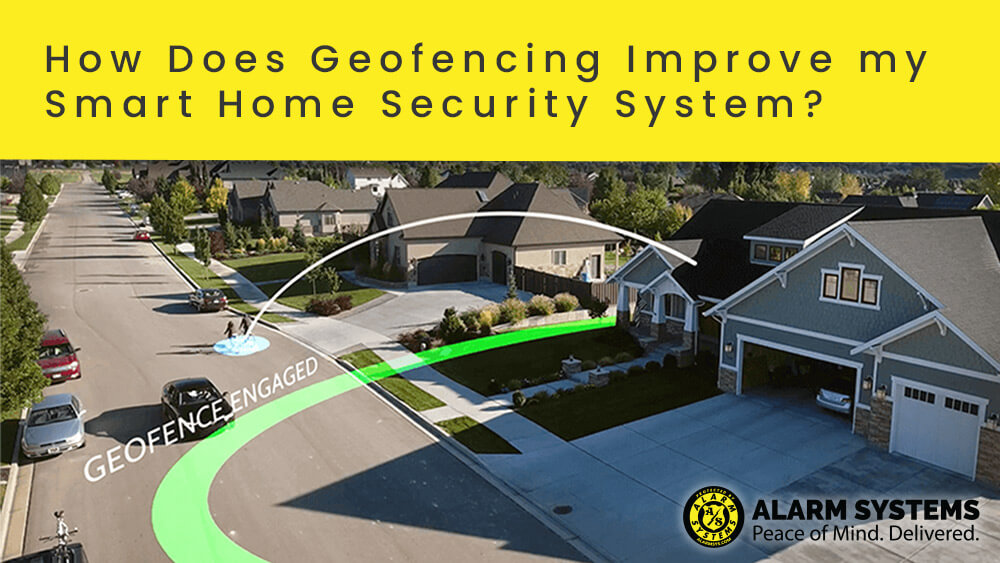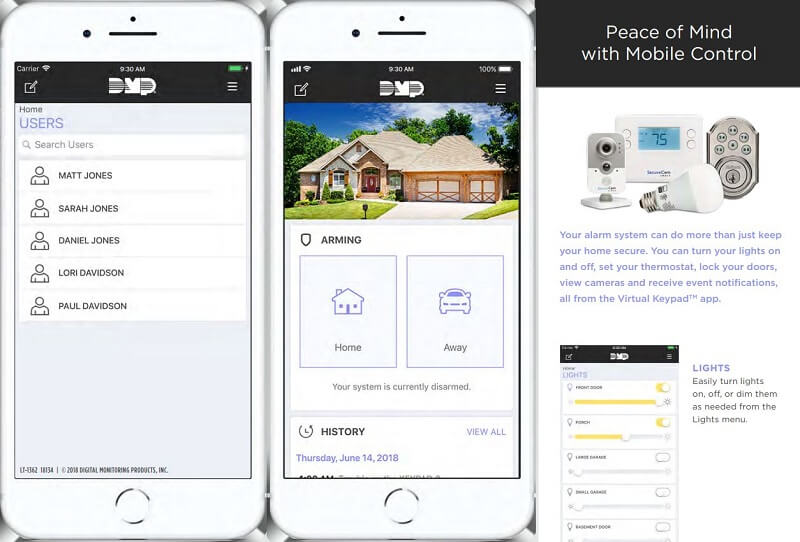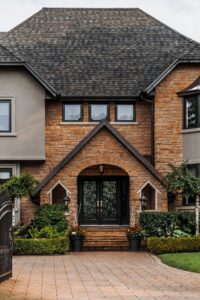It’s crucial to take proactive measures in safeguarding your property in today’s digital age. Geofencing security offers a technological solution that allows you to set virtual boundaries around your property, providing an extra layer of protection against intruders. By utilizing geofencing technology, you can ensure that you are alerted whenever someone or something enters or leaves the designated area, giving you peace of mind and enhancing the security of your property. In this blog post, we will probe into the ins and outs of geofencing security and how you can successfully implement it to fortify your property.
Key Takeaways:
- Geofencing Security is a powerful tool that allows you to set virtual boundaries for your property using GPS or RFID technology.
- Enhanced Protection: It offers enhanced protection by sending real-time notifications to the property owner when someone enters or leaves the designated area.
- Customization: Geofencing security systems can be customized to suit your specific security needs and preferences.
- Remote Monitoring: It enables remote monitoring of your property, providing peace of mind and added security measures.
- Integration: Geofencing security can be integrated with other smart home devices for a comprehensive security solution.
- Deterrence: The presence of geofencing security can act as a deterrent to potential intruders, increasing the overall security of your property.
- Scalability: Geofencing security systems are scalable, allowing you to expand or modify the protected area as needed.
Geofencing Security – Setting Virtual Boundaries for Your Property
Outline the key components:
| Aspect | Description |
|---|---|
| Geofencing Technology | Utilizes GPS or RFID to create virtual boundaries around specific areas |
| Applications | Enhances security through access control, asset tracking, emergency response, and perimeter security |
| Types of Geofences | Circular Geofences: Defined by a central point and radius; Polygonal Geofences: Defined by a series of connected points; Latitude and Longitude Geofences: Defined by specific coordinates; Path-Based Geofences: Automatically switch security modes |
| Features | Automatic Arming and Disarming, Customized Alerts, Selective Recording, Temporary Access |
| Benefits | Enhanced Security, Timely Response, Enhanced Management, Enhanced Monitoring |
| Implementation Tips | Define geofences carefully, Tailor virtual perimeters, Monitor and control access, Respond promptly to security incidents |
| Importance of Geofencing | Customization and Flexibility, Enhanced Accuracy, Versatility in Applications |
| Technologies | Coordinate-Based Mapping, Geopoint, Wi-Fi, Bluetooth |
Key aspects of Geofencing Security, highlighting its technology, applications, types of geofences, features, benefits, implementation tips, importance, and technologies involved in setting virtual boundaries for properties.
Key Technologies and Mechanisms
GPS and RFID in Geofencing
With the use of GPS and RFID technologies, geofencing can establish virtual boundaries around a physical area, such as a home or a business, and trigger alerts or actions when a device enters or leaves the defined zone. GPS provides location data, while RFID tags can be used for proximity detection within a small range.
Wi-Fi and Bluetooth Low Energy (BLE)
For geofencing applications, Wi-Fi and Bluetooth Low Energy (BLE) technology can be utilized to create geofences around specific areas. By using the Wi-Fi network or BLE beacons strategically placed in the desired locations, devices can pinpoint their exact positions in relation to these markers.
The use of Wi-Fi and BLE in geofencing allows for more precise location tracking within indoor environments where GPS signals may be weak or unavailable. Wi-Fi networks and BLE beacons can be set up to cover specific zones within a property, ensuring accurate detection of the device’s presence or absence in these areas. This technology is particularly useful for securing indoor spaces or tracking movements in complex indoor layouts such as warehouses or shopping malls.

Setting Up Geofencing for Security
Defining Virtual Boundaries
Defining virtual boundaries through geofencing involves setting up location-based parameters that trigger actions when a device enters or exits the specified area. These virtual boundaries can be customized to suit the needs of your property, allowing you to monitor and secure designated zones effectively.
Integration with Security Systems
Integration of geofencing with security systems enhances the overall safety measures of your property by linking the virtual boundaries with alarm systems, surveillance cameras, and access control systems. This integration enables real-time notifications and automated responses, ensuring timely protection and effective security management.
Geofencing provides a proactive security solution that leverages the power of technology to create virtual barriers around your property. By combining location-based tracking with your security systems, you can establish a comprehensive defense mechanism that deters potential threats and enhances the overall security of your premises.
Best Practices in Geofencing Security
Privacy Considerations
With the increasing use of geofencing technology, privacy considerations have become a significant concern for both individuals and businesses. It is crucial to be transparent with users about the data collected and how it will be used. Implementing clear privacy policies and obtaining consent before enabling geofencing can help build trust with users and maintain compliance with privacy regulations.
Maximizing Security Effectiveness
One of the key aspects of maximizing geofencing security effectiveness is to regularly review and update the boundaries of your geofences. By ensuring that the virtual boundaries accurately reflect the physical location of your property, you can improve the accuracy of alerts and reduce false alarms. Additionally, incorporating multi-factor authentication and encryption protocols can enhance the overall security of your geofencing system.
Practices such as conducting regular security audits, training employees on geofencing best practices, and monitoring access logs for any suspicious activities can also help strengthen the security of your geofenced property.

Advanced Applications
Geofencing for Business and Commercial Use
Any business or commercial establishment can benefit from geofencing technology to enhance security measures and streamline operations. By setting up virtual boundaries, businesses can track employee movements, monitor inventory in real-time, and ensure secure access to restricted areas. This advanced application not only improves overall security but also boosts productivity and efficiency within the workplace.
Smart Home Integration
To integrate geofencing technology into smart homes, homeowners can set up virtual fences around their property to control various devices and systems automatically based on their location. From adjusting temperature settings to turning on lights when approaching the house, geofencing allows for a seamless and convenient home automation experience. With the rise of smart home devices, geofencing adds an extra layer of security and convenience to modern households.
Understanding: Geofencing technology can be integrated with smart home devices through compatible apps and platforms, allowing homeowners to customize geofencing rules and automation settings according to their preferences. This seamless integration enhances both security and convenience, making it easier for homeowners to manage their smart home systems efficiently.
Conclusion
Hence, geofencing security is a highly effective way to set virtual boundaries for your property, whether it’s a residential home or a commercial building. By using geofencing technology, you can receive instant alerts and notifications whenever someone enters or leaves the designated area, allowing you to monitor and secure your property more effectively. This innovative solution provides peace of mind and enhances overall security measures, making it a valuable asset for property owners looking to protect their assets and loved ones.
FAQ
Q: What is geofencing security?
A: Geofencing security involves setting virtual boundaries around a physical location using GPS or RFID technology to monitor and control access to the area.
Q: How does geofencing security work?
A: Geofencing security utilizes GPS, RFID, or cellular data to establish a virtual boundary around a property. When a mobile device or asset equipped with a geofencing sensor crosses this boundary, alerts are triggered.
Q: What are the benefits of using geofencing security for your property?
A: Geofencing security offers real-time monitoring, automated alerts, improved asset tracking, enhanced security measures, and the ability to create custom rules for access control.
Q: How can geofencing security enhance property protection?
A: Geofencing security allows property owners to receive instant alerts when a boundary breach occurs, enabling them to take immediate action to prevent unauthorized access or theft.
Q: What are some common applications of geofencing security?
A: Geofencing security is commonly used for fleet management, home security, child tracking, pet monitoring, asset protection, and location-based marketing.
Q: Is geofencing security technology secure and reliable?
A: Geofencing security technology is secure and reliable when implemented correctly with encryption protocols, access controls, and regular updates to address vulnerabilities.
Q: How can one set up geofencing security for their property?
A: To set up geofencing security, you need to choose a geofencing platform, define the boundaries of your property, select the devices or assets to be monitored, set up alerts and notifications, and test the system for effectiveness.
Citations:
[1] https://fastercapital.com/content/Geofencing–Enhancing-Security-with-NVI-based-Perimeter-Control.html
[2] https://reolink.com/blog/what-is-geofencing-used-for/
[3] https://www.workstatus.io/blog/workforce-management/geofencing-reshapes-business-dynamics/
[4] https://propellant.media/what-is-geofencing/
[5] https://docs.tizen.org/application/dotnet/guides/location/geofences/



Leave a Reply